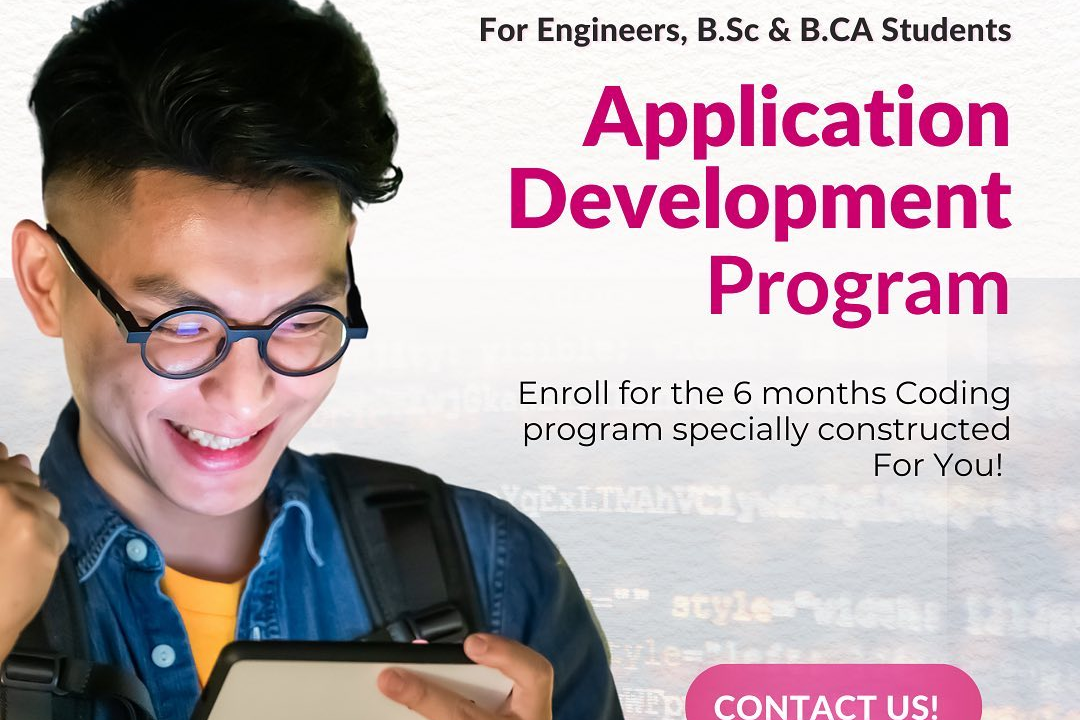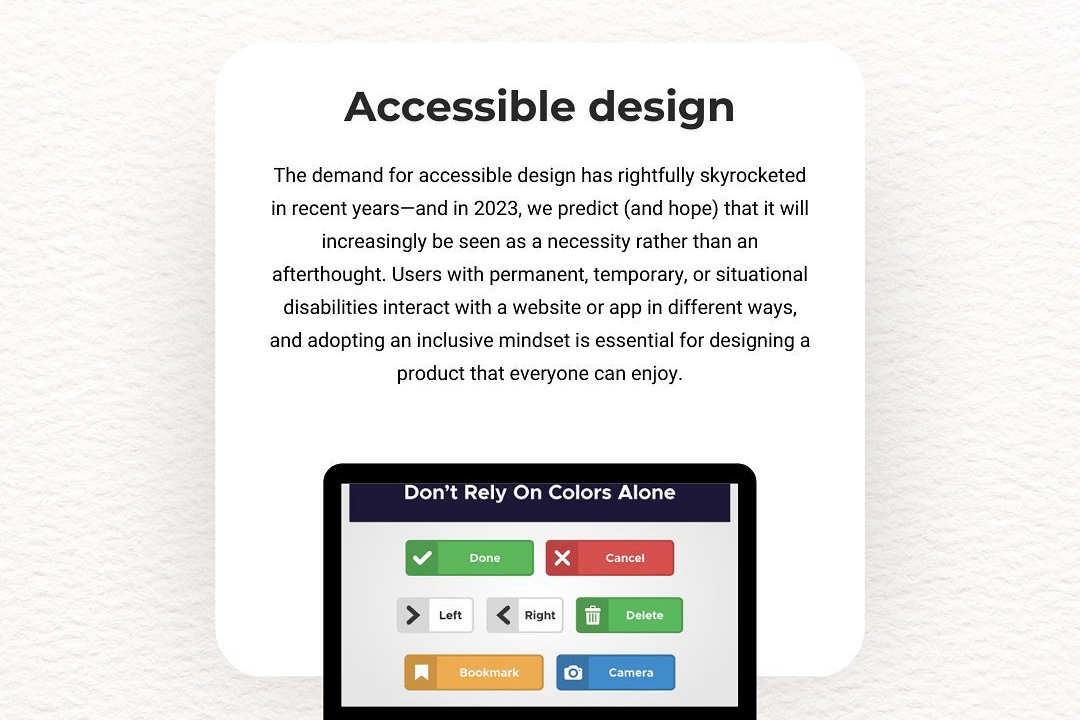iOS mobile app development lifecycle
Understanding the iOS Mobile App Development Lifecycle
iOS mobile app development lifecycle
The iOS mobile app development lifecycle encompasses several key phases, beginning with planning and requirements gathering, where developers define the app's purpose, target audience, and features. Following this, the design phase creates the app's user interface (UI) and user experience (UX) design, utilizing prototyping tools for feedback. Development is then initiated, involving coding the app's functionalities using Swift or Objective-C, integrating Apple frameworks, and ensuring compliance with Apple's Human Interface Guidelines. After development, rigorous testing is conducted to identify and fix bugs, enhance performance, and ensure compatibility across devices. Once the app is polished, it moves to the deployment phase, where it is submitted to the Apple App Store for review. Post-launch, the app enters the maintenance phase, which involves updates, monitoring user feedback, and implementing new features to enhance the user experience and ensure the app remains functional with evolving iOS versions. This iterative process emphasizes ongoing development, user engagement, and quality assurance.
To Download Our Brochure: https://www.justacademy.co/download-brochure-for-free
Message us for more information: +91 9987184296
1 - Idea Generation: The process begins with brainstorming and conceptualizing app ideas based on market needs, user problems, and emerging trends. This phase encourages creativity and innovation.
2) Market Research: Conducting research to validate the app's concept by analyzing competitors, identifying target users, and assessing existing solutions. This helps ensure there is a demand for the app.
3) Requirement Analysis: Gathering functional and non functional requirements to define what features and capabilities the app must have. This involves discussions with stakeholders to capture all necessary functionalities.
4) Prototyping: Creating wireframes or mockups to visualize the app’s layout, user interface, and navigation flow. Prototyping helps visualize the app and facilitate feedback before actual development begins.
5) Technical Feasibility Study: Evaluating technical requirements and constraints, including the choice of programming languages, frameworks, libraries, and tools necessary for development.
6) Project Planning: Developing a project plan that outlines the timeline, milestones, resource allocation, and team roles. This helps in managing the development process effectively.
7) UI/UX Design: Designing the user interface and user experience. This includes creating aesthetically appealing layouts and ensuring intuitive and accessible navigation for optimal user engagement.
8) Development: Writing the code and building the app functionality. This phase involves front end and back end development, including data management and integration with backend services.
9) Integration of APIs and Third Party Services: Implementing application programming interfaces (APIs) and third party services to enhance app functionality, such as social sharing, payment processing, and analytics.
10) Testing: Conducting various testing phases, including unit tests, integration tests, system tests, and user acceptance tests (UAT) to identify and resolve issues. This phase ensures the app works as intended and is free of bugs.
11) Debugging: Addressing and fixing any defects or issues identified during testing. This phase is crucial for improving app stability and performance.
12) Deployment: Preparing the app for release by building a final version and submitting it to the Apple App Store. This process includes complying with Apple’s guidelines and regulations.
13) Launch: Officially launching the app, making it available for users to download. This phase often includes marketing strategies to promote the app and attract users.
14) Post Launch Support and Maintenance: Providing ongoing support to address user feedback, fix bugs, and make necessary updates to keep the app functional and relevant.
15) Updates and Iterations: Continuously improving the app based on user feedback, analytics, and new trends. This may involve adding new features, enhancements, and optimizations to keep the app competitive.
16) Monitoring and Analytics: Using tools to monitor app performance, user engagement, and other metrics. This data helps inform future development decisions and marketing strategies.
17) Revisions and Enhancements: Based on user analytics and feedback, revising the app to enhance its functionalities and address any shortcomings, leading to higher user satisfaction and retention.
This structure can serve as a foundation for a comprehensive training program, providing students with a clear understanding of each stage involved in iOS mobile app development.
Browse our course links : https://www.justacademy.co/all-courses
To Join our FREE DEMO Session: Click Here
Contact Us for more info:
- Message us on Whatsapp: +91 9987184296
- Email id: info@justacademy.co
full stack development course in pune












